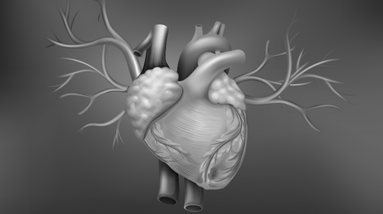
An aortic aneurysm is a condition that occurs when the walls of the aorta, which is the largest artery in the body, weaken and bulge out. The aorta carries blood from the heart to the rest of the body, and if the aneurysm ruptures, it can cause severe bleeding and potentially be life-threatening.
There are two types of aortic aneurysms: thoracic aortic aneurysms and abdominal aortic aneurysms. Thoracic aortic aneurysms occur in the part of the aorta that runs through the chest, while abdominal aortic aneurysms occur in the part of the aorta that runs through the abdomen.
Aortic aneurysms can be asymptomatic, meaning that there may be no noticeable symptoms. However, they can also cause chest or back pain, shortness of breath, hoarseness, difficulty swallowing, coughing, and a pulsating sensation in the abdomen.
Risk factors for developing an aortic aneurysm include smoking, high blood pressure, atherosclerosis, a family history of the condition, and certain genetic disorders. Treatment options depend on the size and location of the aneurysm, and may include medications, surgery, or a minimally invasive procedure called endovascular repair. It’s important to seek medical attention if you suspect that you may have an aortic aneurysm.